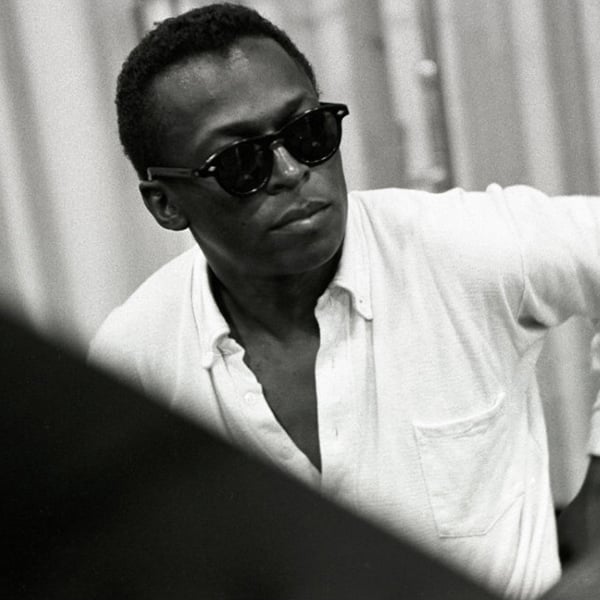
Lucky are the few musicians who could point to that one major venue where they first achieved headliner status, with recordings from that historic breakthrough. For Sam Cooke it was the Copa supper club in midtown Manhattan; for James Brown, it was Harlem’s Apollo Theater. For Miles Davis, the place was New York City’s leading symphonic house, Carnegie Hall, and the date was May 19, 1961. The venue was no stranger to jazz performances, but for a solo jazz musician to have his own night there—a career overview of a sort—was indeed a rarity, and the recording of the event further elevated the trumpeter to a mainstream level of acceptance.
The evening was a benefit for the African Medical Education and Research Foundation—a relief organization that some thought supported existing colonial systems, like the South African government. One of those critics, drummer Max Roach, staged a one-man protest that evening. Meanwhile, the concert was recorded with the highlights released in mid-1962 as a single LP with a strange, op-art image on the cover: a bright green dinosaur-like figure holding a stylized Miles aloft against a blood-orange background. In the CD era it was reissued as a double-disc album with the entirety of the evening’s music.
The performances—a mix of tracks from big band collaborations with arranger Gil Evans, and recent small-band albums—stunned a crowd that surely included some non-jazz goers with its rhythmic explosions and emotional range. “Walkin,’” “Teo,” “Oleo,” all burn with a focused intensity, featuring Miles’ quintet of the day. Hank Mobley especially stands out, his solo on “So What”—which opened with an orchestrated version of the dream-like piano-and-bass introduction on the original recording—is a marvel of extended improvisational building, quoting liberally (“March of the Siamese Children” from The King and I, and “Ah-Leu-Cha”) and Kelly’s ensuing piano solo is of equally impressive for similar reasons, ceaselessly inventive and swinging. And that was just the first number.








